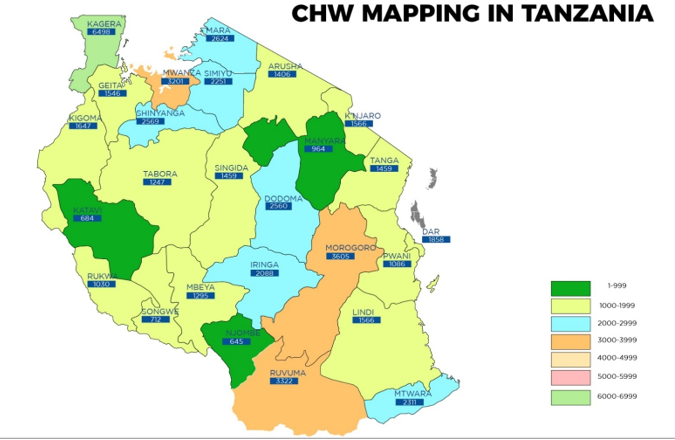
Tanzania has taken a groundbreaking step to improve healthcare access in rural and underserved areas by launching a nationwide mapping of Community Health Workers (CHWs).
These frontline workers are the backbone of primary healthcare, providing essential services such as maternal and child health support, disease prevention, health education, and vaccination campaigns.
However, many face challenges, including inadequate training, irregular compensation, and lack of formal recognition.
To address these issues, the Tanzanian government, in collaboration with UNICEF, Commissioned DAMAX Solutions to conducted a comprehensive mapping exercise in this year, February 2025.
The goal was to collect accurate data on the number, distribution, training levels, and responsibilities of CHWs across Tanzania Mainland. This data will help identify workforce gaps, improve resource allocation, and shape policies to strengthen CHW integration into the national healthcare system.
Covering all 26 regions and 164 councils, the exercise mapped CHWs in 14,518 villages and urban neighborhoods, accounting for 7,150 health facilities and identifying a total of 50,620 CHWs.
The study revealed significant regional disparities, with Kagera leading at 6,498 CHWs, while Katavi had the lowest count at 684. Other regions with high CHW numbers included Dodoma, Morogoro, Mwanza, and Ruvuma.
This initiative marks a major milestone in Tanzania’s journey toward universal health coverage. By formalizing and expanding the role of CHWs, the government aims to enhance primary healthcare delivery, ensuring no community is left behind.
